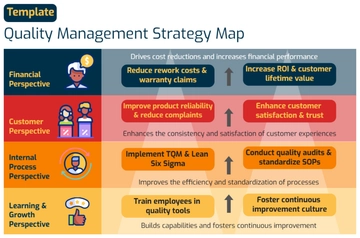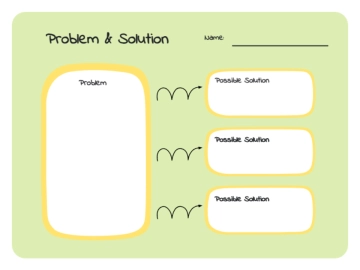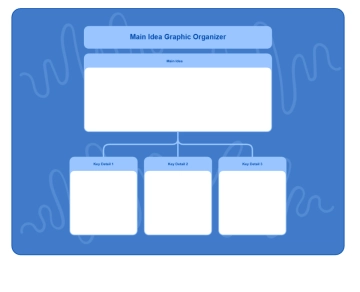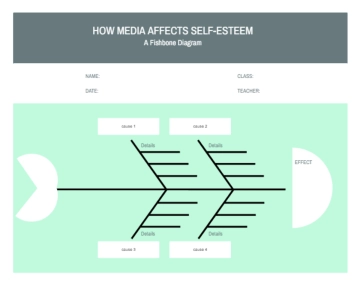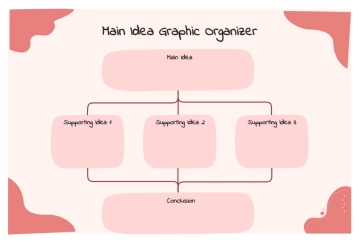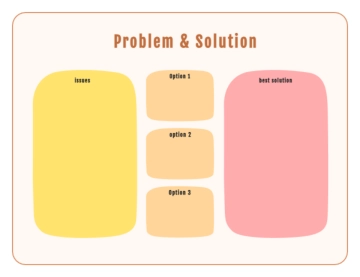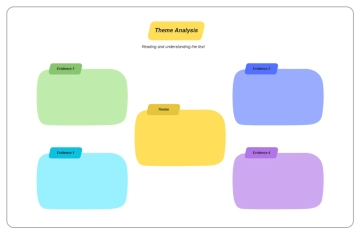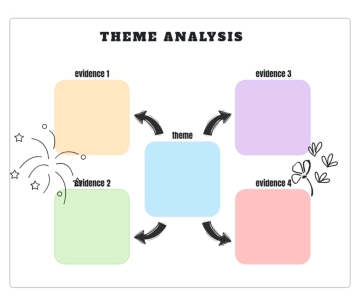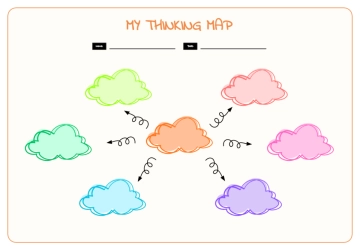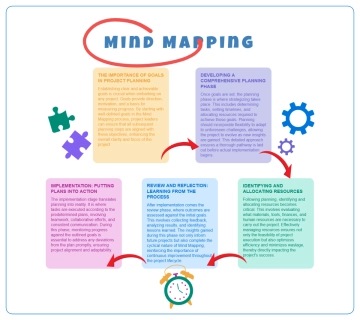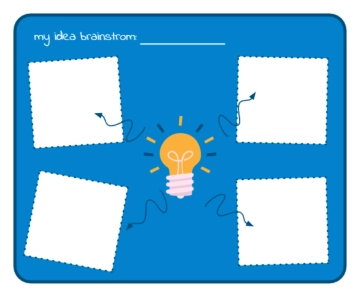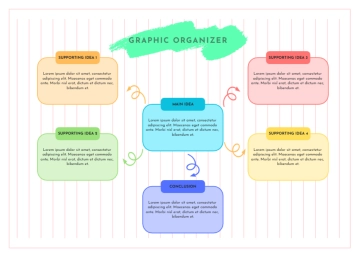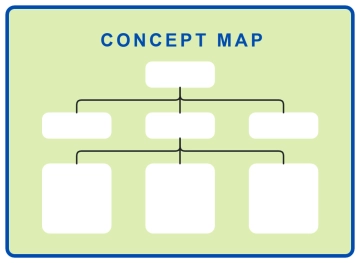Free Strategic Enrollment Management Plan
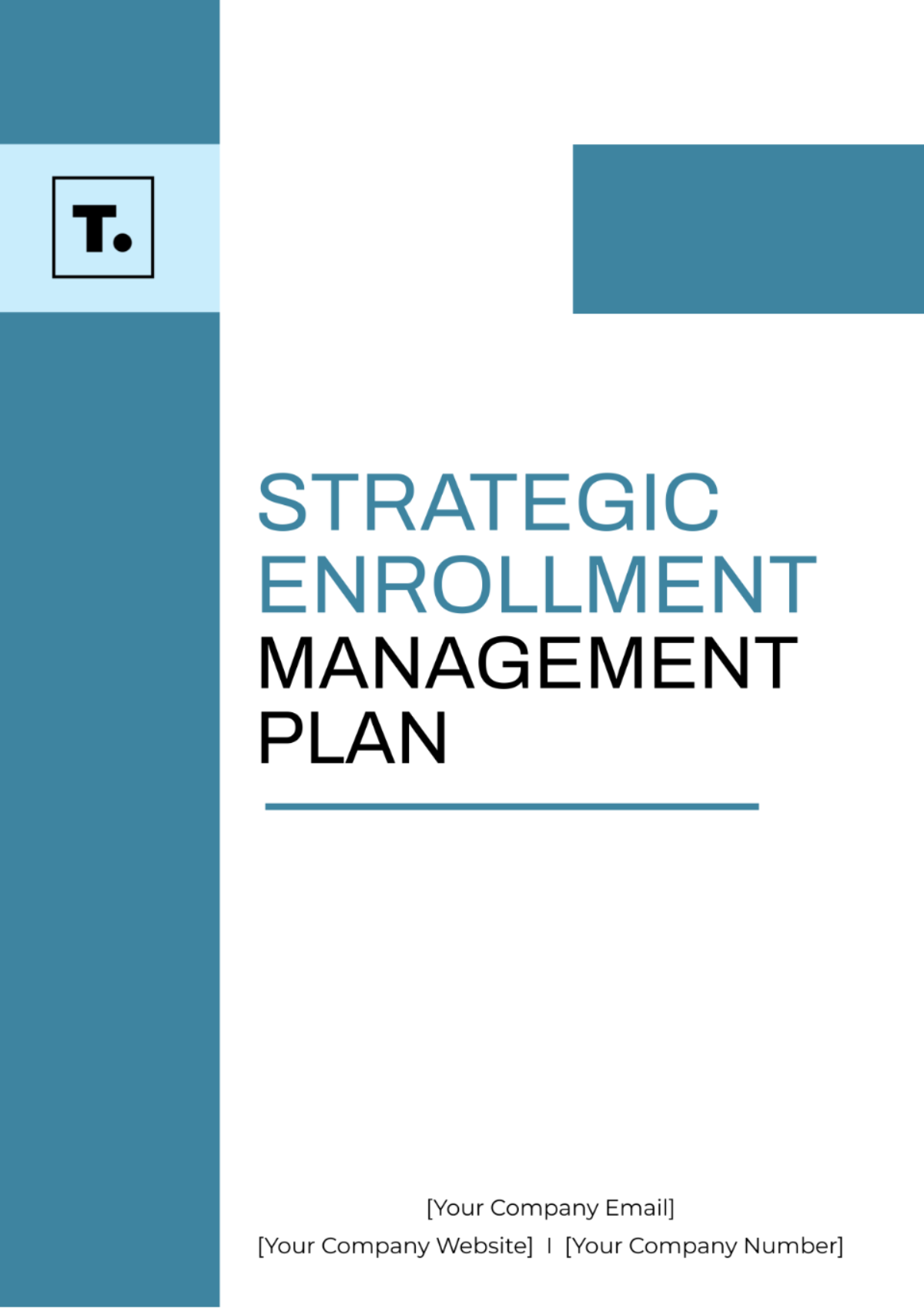
Company: | [YOUR COMPANY NAME] |
|---|---|
Department: | [YOUR DEPARTMENT] |
Prepared by: | [YOUR NAME] |
I. Executive Summary
Overview: [YOUR COMPANY NAME] is committed to enhancing student enrollment, retention, and success through strategic enrollment management initiatives.
Key Objectives: Increase undergraduate enrollment by 10% over the next five years, improve student retention rates by 5%, and enhance diversity and inclusion in enrollment.
Summary of Strategies: Implement targeted recruitment strategies, enhance student support services, and optimize financial aid programs.
II. Institutional Profile
Mission Statement: [YOUR COMPANY NAME] is dedicated to providing a transformative education experience that prepares students for success in a diverse and global society.
Student Demographics: Current student population consists of 8,000 undergraduate and graduate students, with a focus on attracting more first-generation and underrepresented minority students.
Competitive Analysis: [YOUR COMPANY NAME] faces competition from local and regional universities, with a strong reputation for its STEM programs and community engagement initiatives.
III. Environmental Scan
Internal Factors: Strengths include strong faculty expertise and a supportive campus community. Weaknesses include limited financial resources and outdated infrastructure.
External Factors: Opportunities include growing demand for higher education and increasing interest in online learning. Threats include competition for top students and potential funding cuts.
SWOT Analysis: The institution's strengths in faculty expertise and supportive community can be leveraged to capitalize on opportunities such as growing demand for higher education, while weaknesses in financial resources and infrastructure need to be addressed to mitigate threats such as competition for top students.
IV. Enrollment Goals and Objectives
Enrollment Targets: Increase undergraduate enrollment from 8,000 to 8,800 by 2059.
Retention Goals: Improve student retention rates from 80% to 85% by 2056.
Diversity and Inclusion Goals: Increase the percentage of underrepresented minority students in the student body from 20% to 25% by 2055.
V. Strategies and Tactics
Recruitment Strategies: Increase outreach to high schools and community colleges, implement targeted marketing campaigns, and enhance virtual campus tours.
Retention Strategies: Improve academic advising, expand tutoring and mentoring programs, and create a peer support network for students.
Financial Aid and Scholarships: Increase scholarship opportunities, provide financial literacy education, and streamline the financial aid application process.
Student Support Services: Enhance mental health services, improve career counseling, and expand access to academic resources.
VI. Implementation Plan
a. Timeline
Year | Activity |
|---|---|
2054 | Conduct market research and develop recruitment plan |
2055 | Launch targeted marketing campaigns |
2056 | Implement new student support services |
2057 | Evaluate and adjust strategies as needed |
2058 | Review and finalize enrollment goals for next five years |
b. Responsibilities
Department | Activity | Responsible Party |
|---|---|---|
Admissions | Conduct outreach to high schools and community colleges | Director of Admissions |
Marketing | Develop and launch marketing campaigns | Marketing Manager |
Student Services | Implement new student support services | Dean of Student Services |
Financial Aid | Expand scholarship opportunities and financial literacy programs | Director of Financial Aid |
Academic Affairs | Enhance academic resources and tutoring programs | Provost |
c. Budget
Category | Allocation |
|---|---|
Marketing | $250,000 |
Student Support | $200,000 |
Scholarships | $300,000 |
Financial Aid Programs | $150,000 |
Miscellaneous | $100,000 |
VII. Monitoring and Evaluation
Key Performance Indicators (KPIs): Enrollment numbers, retention rates, diversity metrics.
Monitoring Process: Regular meetings of the enrollment management team, quarterly reports on progress.
Evaluation Criteria: Achievement of enrollment targets, improvement in retention rates, increase in diversity metrics.
VIII. Risk Management
Risk Assessment: Potential risks include changes in market demand, budget constraints, and unforeseen external events.
Mitigation Strategies: Maintain flexibility in strategies, regularly review and adjust the plan based on changing circumstances.
IX. Communication Plan
Stakeholder Communication: Regular updates to faculty, staff, students, and community members.
Updates and Reports: Quarterly reports on progress, annual reports on the overall success of the plan.
X. Conclusion
Summary: The strategic enrollment management plan outlines key strategies and initiatives to enhance student enrollment, retention, and success at [YOUR COMPANY NAME].
Next Steps: Implement the plan, monitor progress, and make adjustments as needed to achieve enrollment goals.
Appendices
Appendix A: Data and Research. Market research reports, enrollment data, and demographic studies.
Appendix B: References. References and sources used in developing the plan.
- 100% Customizable, free editor
- Access 1 Million+ Templates, photo’s & graphics
- Download or share as a template
- Click and replace photos, graphics, text, backgrounds
- Resize, crop, AI write & more
- Access advanced editor
Optimize your enrollment strategy with the Strategic Enrollment Management Plan Template available at Template.net. This comprehensive template, editable in our AI Editor Tool, assists you in setting enrollment goals, identifying target markets, and implementing effective recruitment strategies. Customizable to your institution's needs, it ensures a strategic approach to enrollment management.
You may also like
- Finance Plan
- Construction Plan
- Sales Plan
- Development Plan
- Career Plan
- Budget Plan
- HR Plan
- Education Plan
- Transition Plan
- Work Plan
- Training Plan
- Communication Plan
- Operation Plan
- Health And Safety Plan
- Strategy Plan
- Professional Development Plan
- Advertising Plan
- Risk Management Plan
- Restaurant Plan
- School Plan
- Nursing Home Patient Care Plan
- Nursing Care Plan
- Plan Event
- Startup Plan
- Social Media Plan
- Staffing Plan
- Annual Plan
- Content Plan
- Payment Plan
- Implementation Plan
- Hotel Plan
- Workout Plan
- Accounting Plan
- Campaign Plan
- Essay Plan
- 30 60 90 Day Plan
- Research Plan
- Recruitment Plan
- 90 Day Plan
- Quarterly Plan
- Emergency Plan
- 5 Year Plan
- Gym Plan
- Personal Plan
- IT and Software Plan
- Treatment Plan
- Real Estate Plan
- Law Firm Plan
- Healthcare Plan
- Improvement Plan
- Media Plan
- 5 Year Business Plan
- Learning Plan
- Marketing Campaign Plan
- Travel Agency Plan
- Cleaning Services Plan
- Interior Design Plan
- Performance Plan
- PR Plan
- Birth Plan
- Life Plan
- SEO Plan
- Disaster Recovery Plan
- Continuity Plan
- Launch Plan
- Legal Plan
- Behavior Plan
- Performance Improvement Plan
- Salon Plan
- Security Plan
- Security Management Plan
- Employee Development Plan
- Quality Plan
- Service Improvement Plan
- Growth Plan
- Incident Response Plan
- Basketball Plan
- Emergency Action Plan
- Product Launch Plan
- Spa Plan
- Employee Training Plan
- Data Analysis Plan
- Employee Action Plan
- Territory Plan
- Audit Plan
- Classroom Plan
- Activity Plan
- Parenting Plan
- Care Plan
- Project Execution Plan
- Exercise Plan
- Internship Plan
- Software Development Plan
- Continuous Improvement Plan
- Leave Plan
- 90 Day Sales Plan
- Advertising Agency Plan
- Employee Transition Plan
- Smart Action Plan
- Workplace Safety Plan
- Behavior Change Plan
- Contingency Plan
- Continuity of Operations Plan
- Health Plan
- Quality Control Plan
- Self Plan
- Sports Development Plan
- Change Management Plan
- Ecommerce Plan
- Personal Financial Plan
- Process Improvement Plan
- 30-60-90 Day Sales Plan
- Crisis Management Plan
- Engagement Plan
- Execution Plan
- Pandemic Plan
- Quality Assurance Plan
- Service Continuity Plan
- Agile Project Plan
- Fundraising Plan
- Job Transition Plan
- Asset Maintenance Plan
- Maintenance Plan
- Software Test Plan
- Staff Training and Development Plan
- 3 Year Plan
- Brand Activation Plan
- Release Plan
- Resource Plan
- Risk Mitigation Plan
- Teacher Plan
- 30 60 90 Day Plan for New Manager
- Food Safety Plan
- Food Truck Plan
- Hiring Plan
- Quality Management Plan
- Wellness Plan
- Behavior Intervention Plan
- Bonus Plan
- Investment Plan
- Maternity Leave Plan
- Pandemic Response Plan
- Succession Planning
- Coaching Plan
- Configuration Management Plan
- Remote Work Plan
- Self Care Plan
- Teaching Plan
- 100-Day Plan
- HACCP Plan
- Student Plan
- Sustainability Plan
- 30 60 90 Day Plan for Interview
- Access Plan
- Site Specific Safety Plan
